Station wagons were once a symbol of American suburbia. They were the ultimate family cars, blending practicality with style – the go-to choice for road trips, errands, and everything in between. But they lost their status in modern society as SUVs and crossovers took over. While some of these old-time icons still hold a special place in our hearts, others are relics of a bygone era. Their roomy interiors and retro designs are now collectors’ items or forgotten memories.
These are the former trendsetters that are now just a part of automotive history.
Ford Country Squire
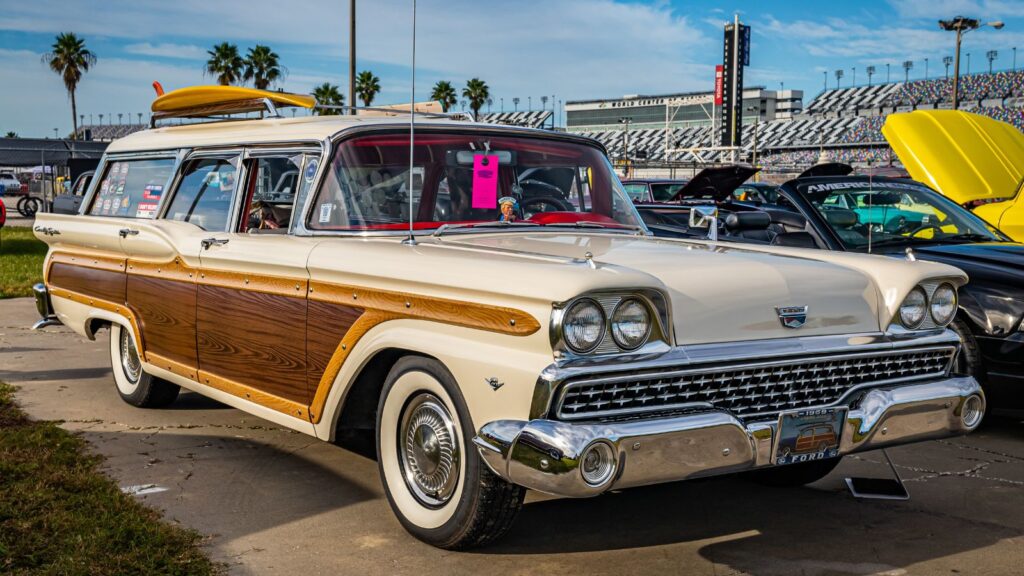
Timber sides on your station wagon suggested classiness in mid-20th century America. The wood-paneled and luxurious Ford Country Squire was the family car to aspire to, with enough room for kids, luggage, and even the dog.
Today, it’s a quirky reminder of when families prioritized style as much as utility – and forests can breathe a sigh of relief.
Chevrolet Caprice Estate
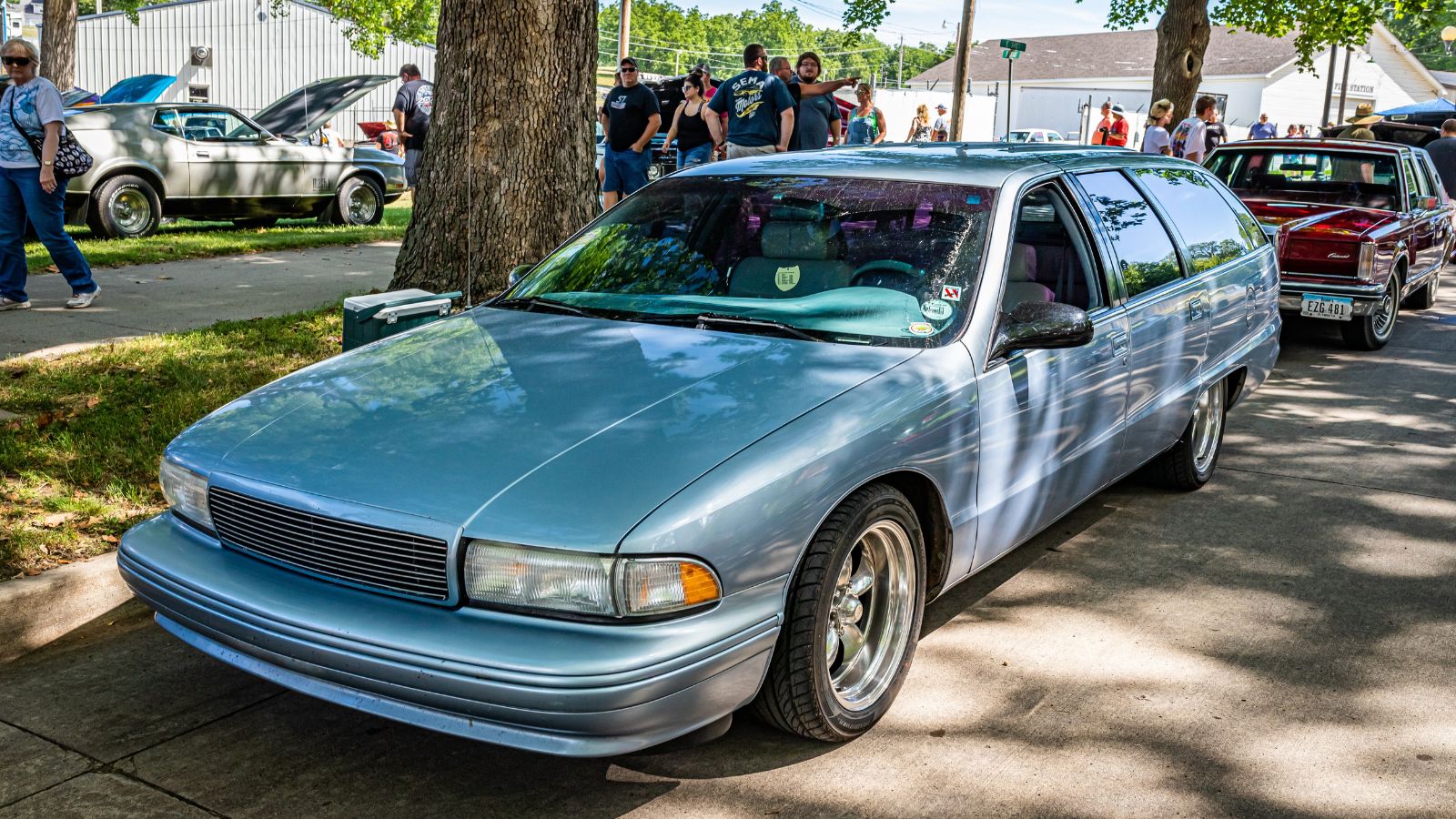
Big station wagons ruled in the 1970s and early ‘80s and the Caprice Estate was a typical heavyweight of the era. Known for its massive size and powerful V8 engine, it ruled the roads. Optional rear-facing seats made carpooling feel adventurous. But by the ’90s, demand had shifted to more compact and fuel-efficient vehicles, leaving this classic behind.
Volvo 240 Wagon
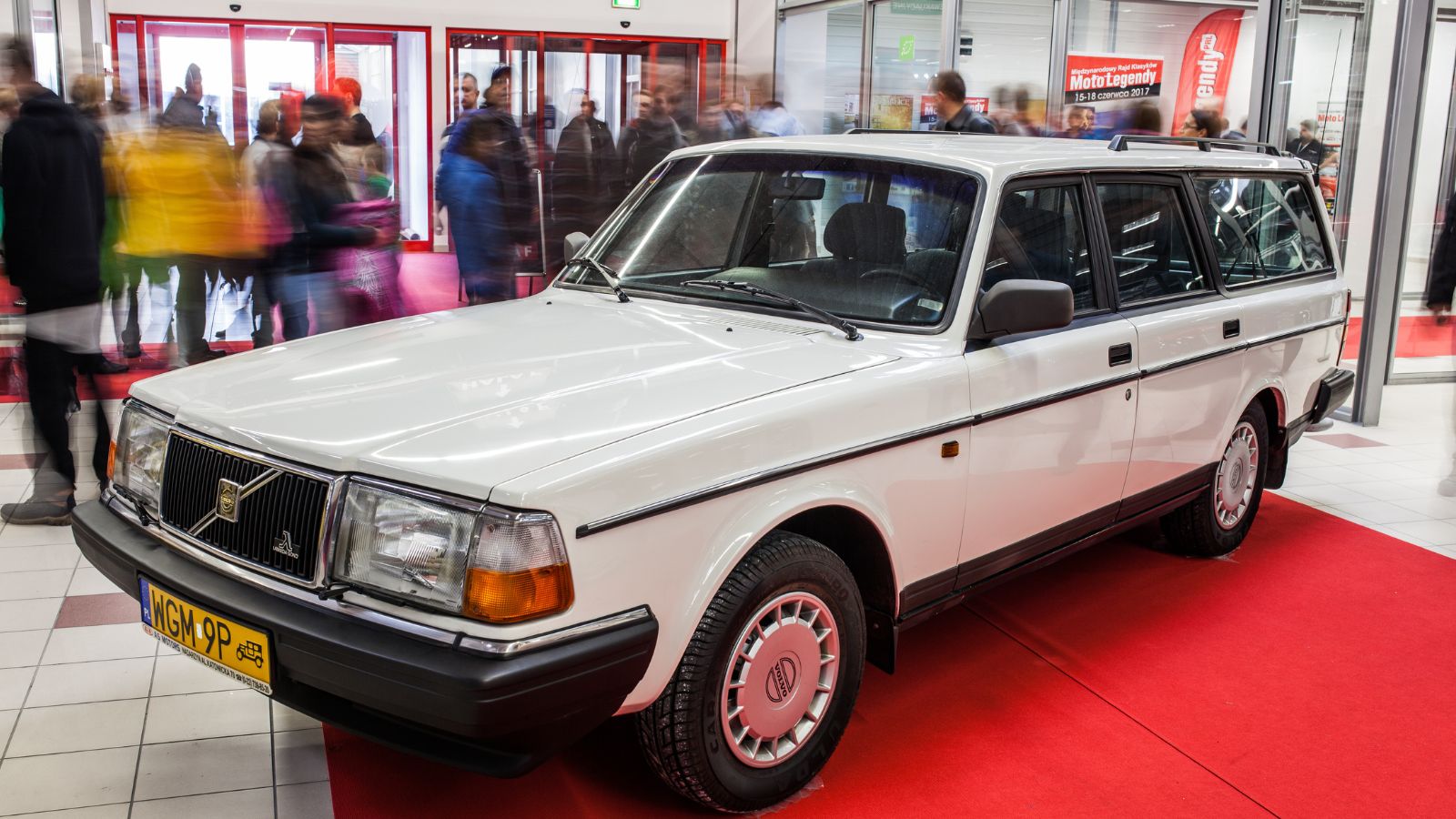
Sexy it wasn’t: Volvo’s 240 Wagon was the poster child for safety and reliability. Its boxy design wasn’t glamorous, but it was loved by families for its generous cargo space and reputation for lasting forever. But it didn’t, of course, because this dullest of cars fell out of fashion as modern SUVs and sleeker designs took over.
Chrysler Town & Country Wagon
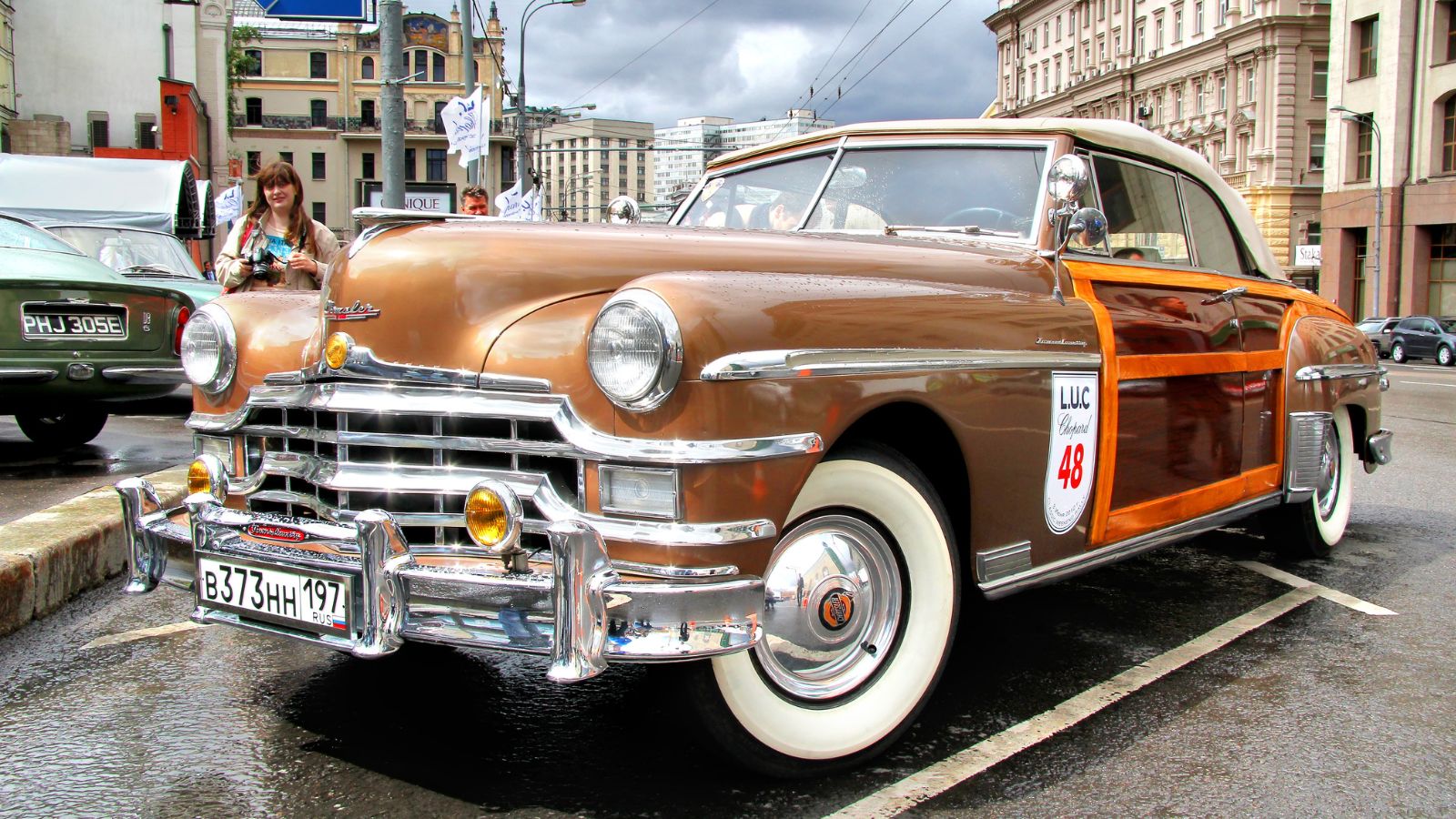
Here’s a station wagon that reinvented itself. Before it became a minivan icon, the Chrysler Town & Country was a luxurious station wagon renowned for its premium features – which, of course, included near-obligatory woodgrain exterior panels. It faded away, but a minibus version became a roaring success.
Buick Roadmaster Estate Wagon
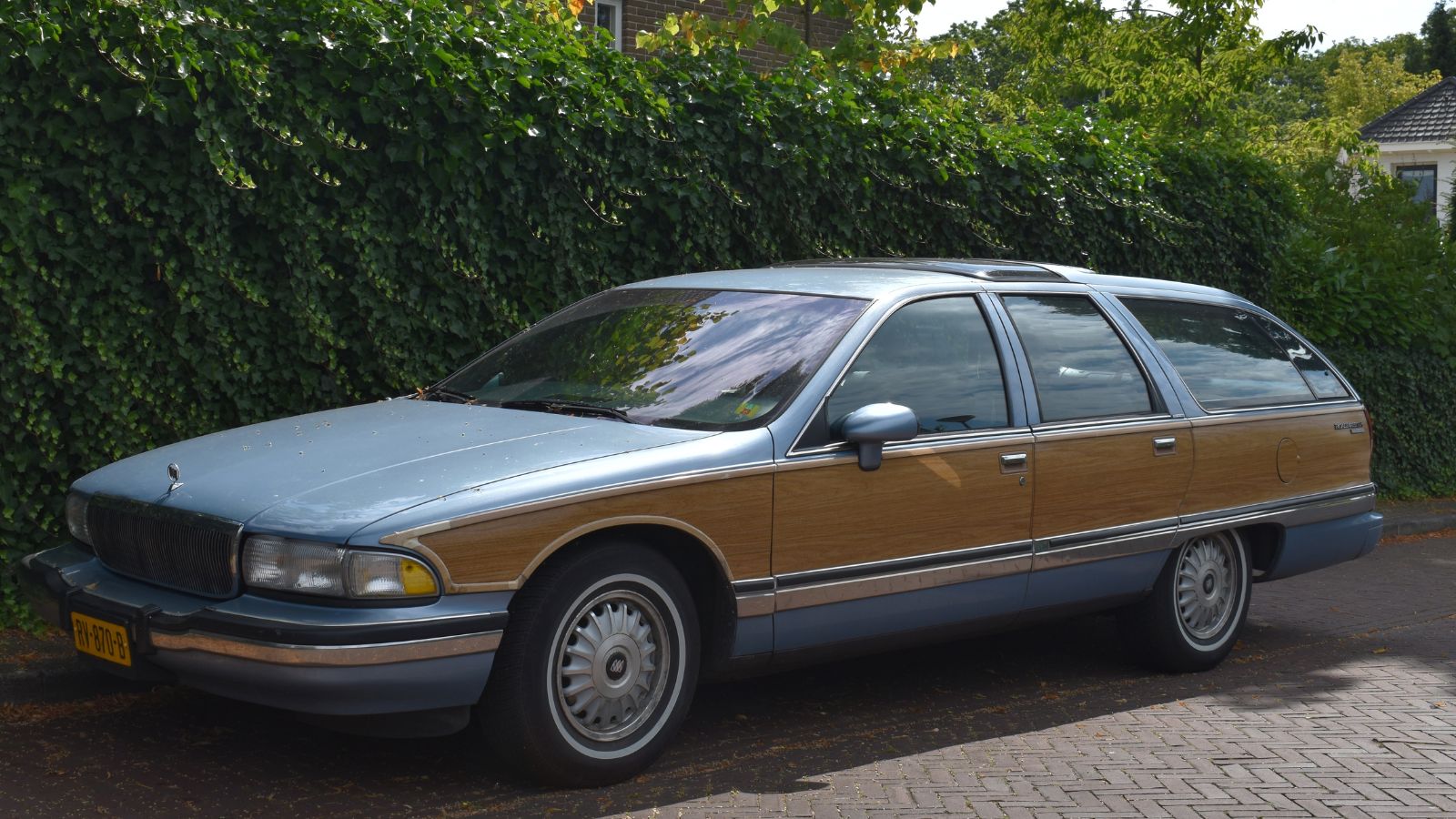
They don’t build them like this anymore. With big, boat-like proportions and wood-panel trim, the Buick Roadmaster Estate Wagon was a sight to behold. It delivered comfort and power, and rear-facing third-row seating added to its quirky charm.
The Roadmaster became one of the last of its kind in the ‘90s as Buick transitioned to more modern offerings.
Oldsmobile Vista Cruiser
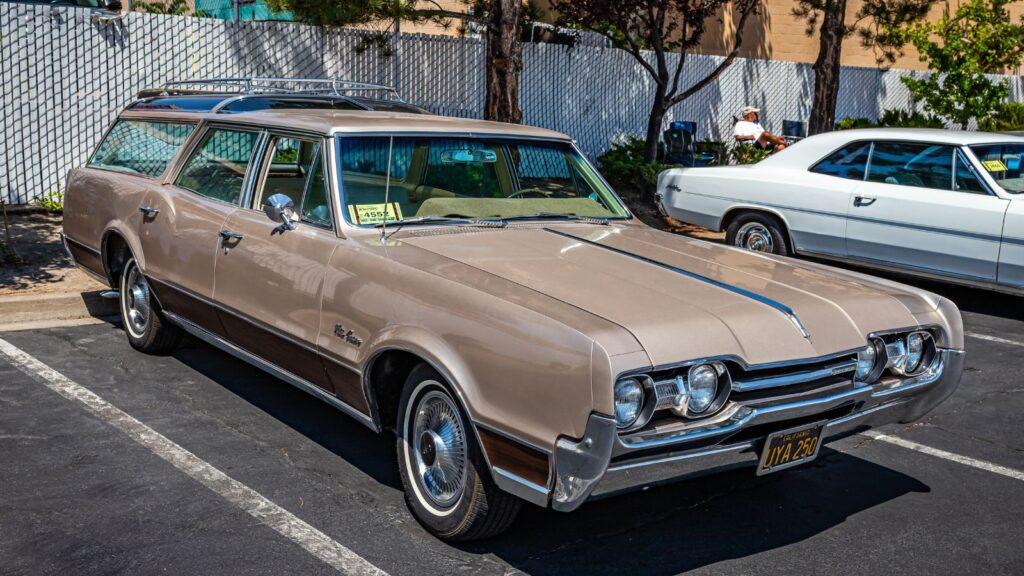
Raised roofline and skylight windows gave Vista Cruiser passengers an unrivaled panoramic view of the world outside. This Oldsmobile classic was popular in the ’60s and ’70s – especially with families looking for space and style. Despite its unique features, the Vista Cruiser couldn’t compete with the rise of minivans and SUVs.
Mercury Colony Park

Here’s another luxury station wagon that met its demise long before Woodworm could get a foothold in its extravagant panels. Despite sounding like an intergalactic space station, the Mercury Colony Park featured premium interiors and a smooth ride.
It was the upscale sibling of the Ford Country Squire, catering to drivers who wanted a touch of elegance. But its days of dominating driveways ended by the early ’90s.
Subaru Leone Wagon
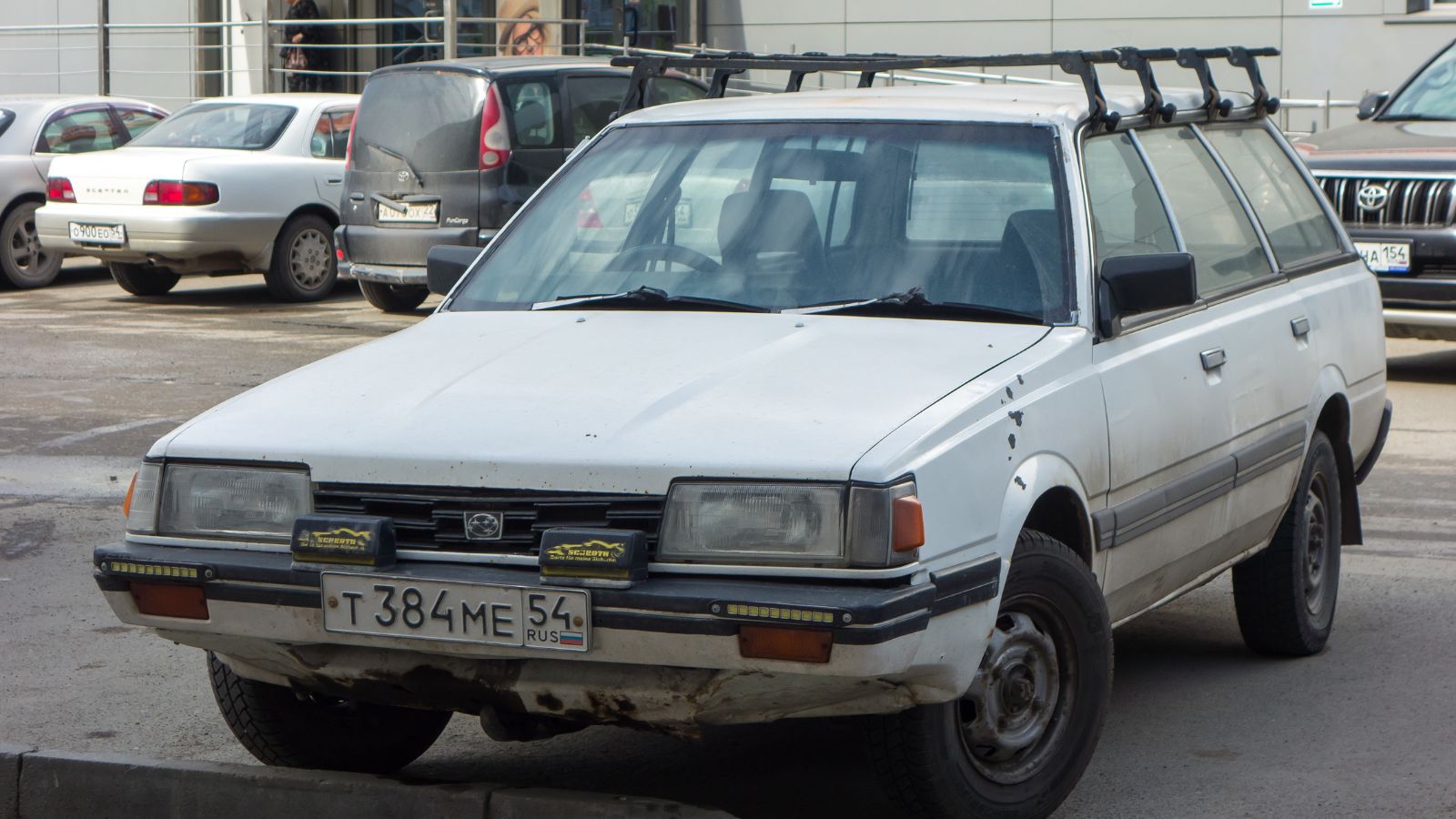
The Subaru Leone Wagon helped establish Subaru’s reputation in the U.S. It was a compact, all-wheel-drive station wagon that offered reliability and versatility, making it an early favorite among outdoor enthusiasts and families. Its spirit lives on in Subaru’s popular Outback, but the Leone itself has faded into automotive history.
Ford Pinto Wagon
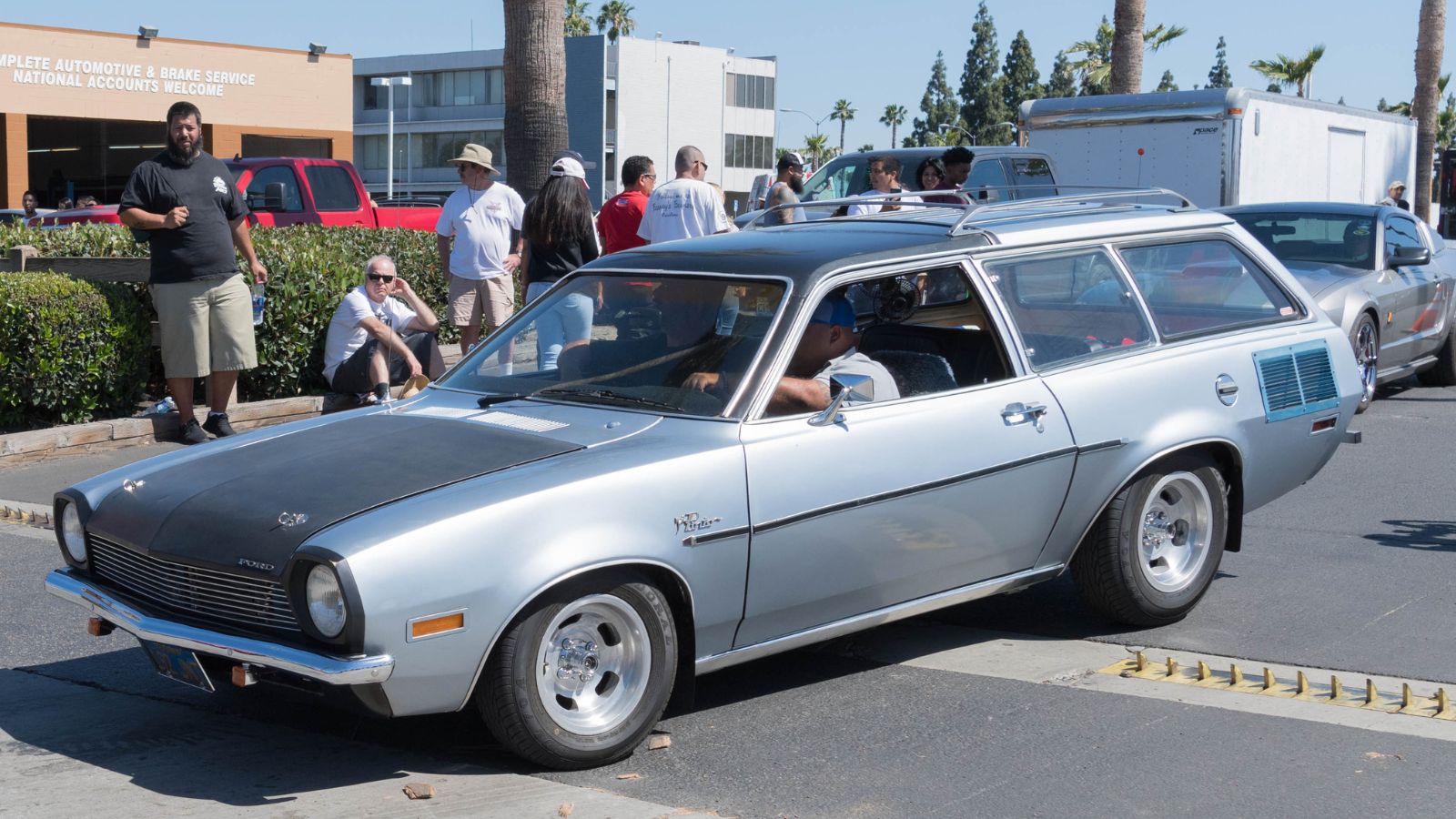
The station wagon version of the Ford Pinto offered an affordable and practical option for small families in the 1970s, thanks to its compact size and decent fuel efficiency. However, its reputation was tarnished by controversies surrounding the reputation of the troublesome and unreliable Pinto line, and it faded into obscurity.
Pontiac Safari Wagon
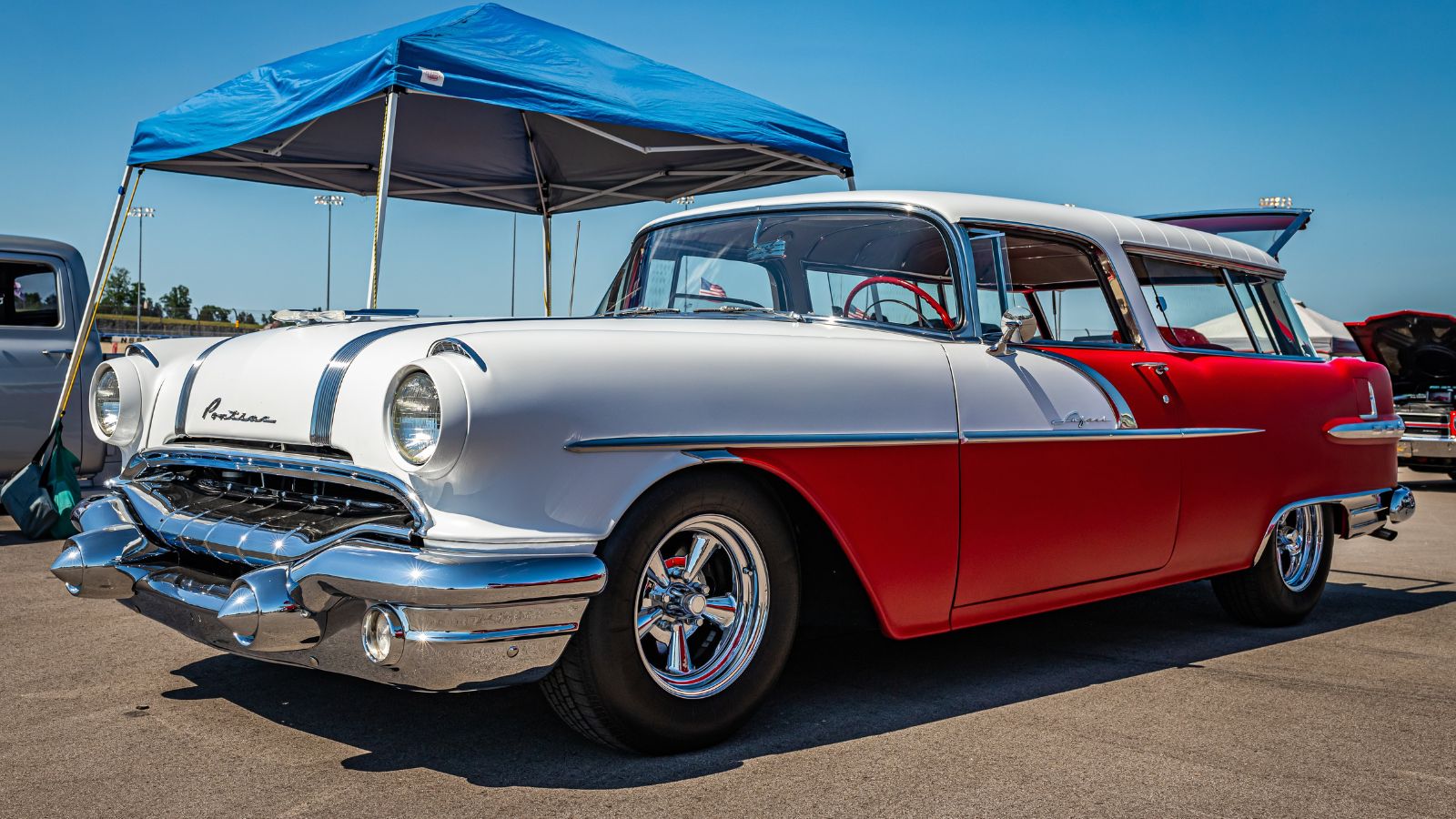
Known for its roomy interiors and smooth handling, the Pontiac Safari Wagon brought a touch of style to the family car market in the ’60s and ’70s. Its flashy designs, often shared with Pontiac’s sportier cars, set it apart from the competition, but it couldn’t compete with the emerging popularity of the SUVs.
Nash Rambler Wagon
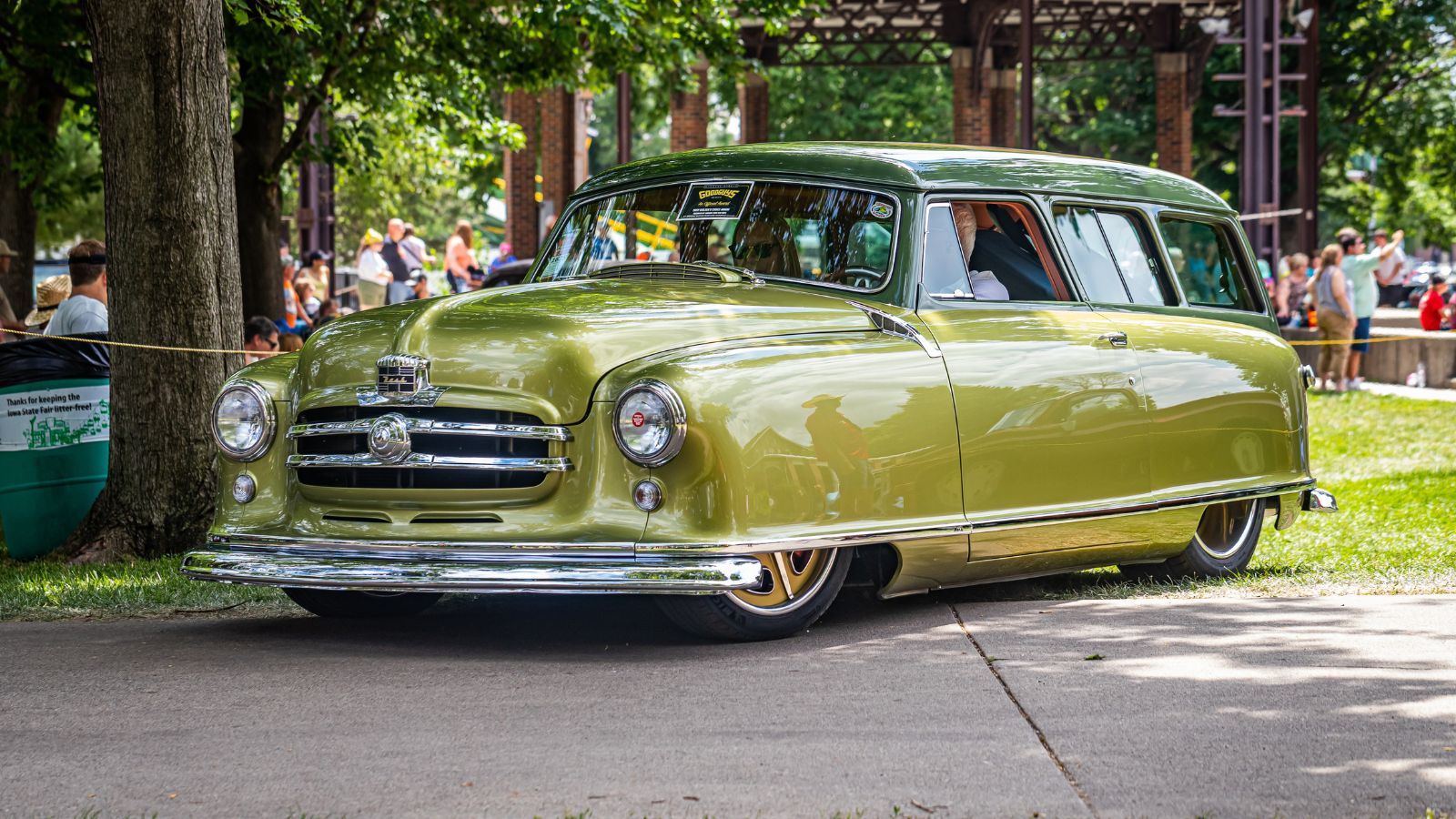
A pioneer of the compact station wagon, the postwar Nash Rambler Wagon was ahead of its time. It combined efficiency with utility, aimed at families looking for a smaller alternative to the big sedans that were prevalent in the ‘50s.
But the larger and more powerful wagons won the battle, and the Rambler Wagon became a charming relic of a simpler automotive era.
Toyota Cressida Wagon
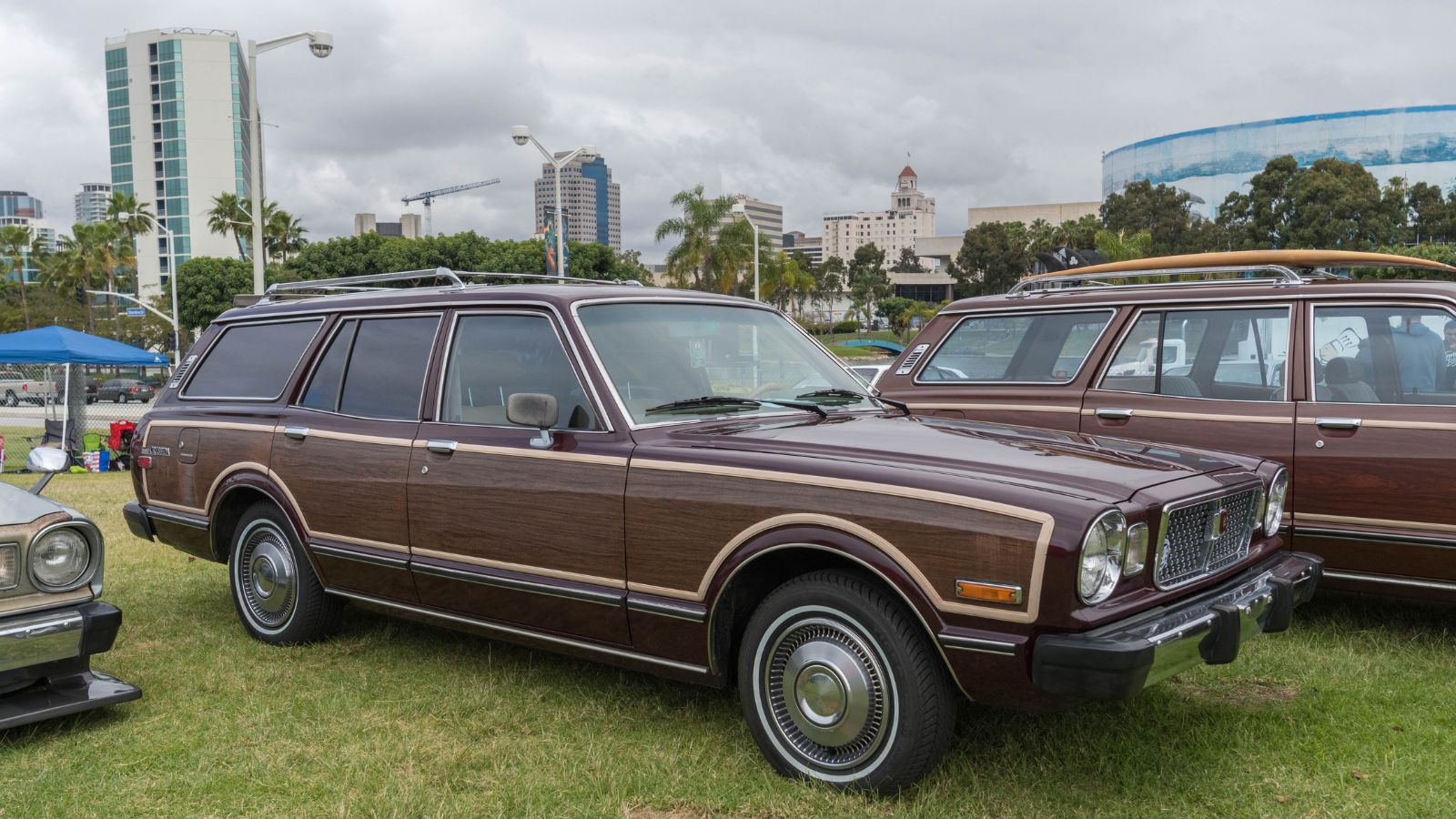
Toyota’s reliable and refined Cressida Wagon was an affordable choice for families seeking a comfortable interior and smooth ride, but it never reached the popularity of American wagons. As Toyota shifted focus to SUVs and sedans, the Cressida Wagon quietly disappeared.
Studebaker Wagonaire
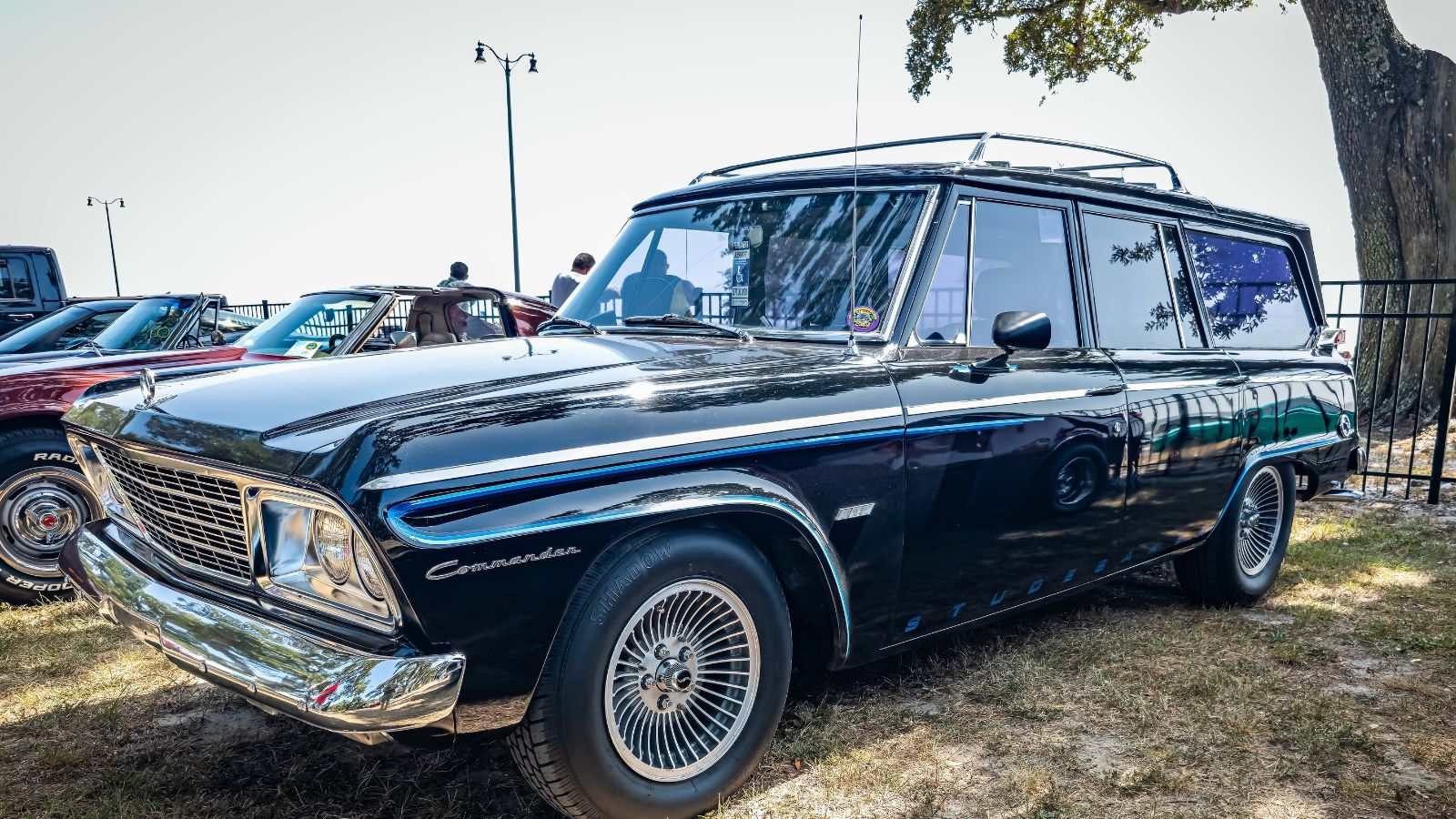
You couldn’t miss the Studebaker Wagonaire – a truly original station wagon that featured a sliding roof panel to accommodate taller cargo. It was a quirky feature that made it stand out in the crowded station wagon market of the ‘60s. Despite its practicality and forward-thinking design, it couldn’t survive Studebaker’s financial woes, although its innovative design influenced the future of versatile vehicles.
